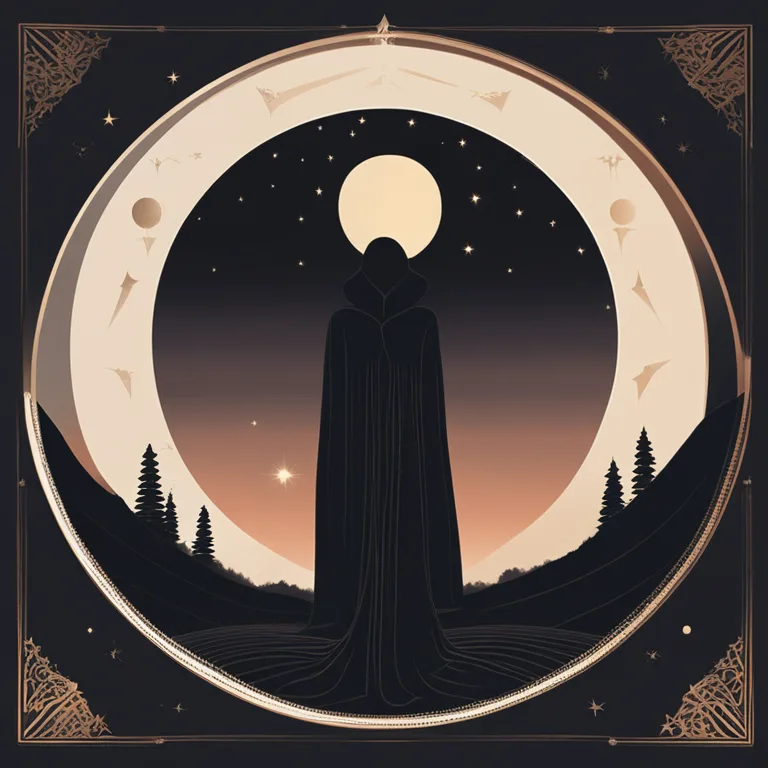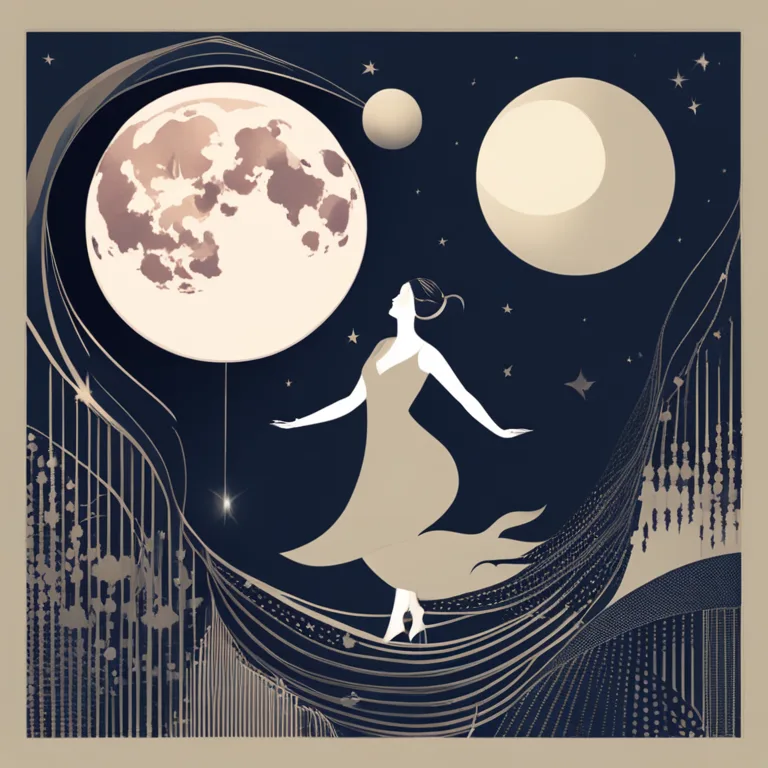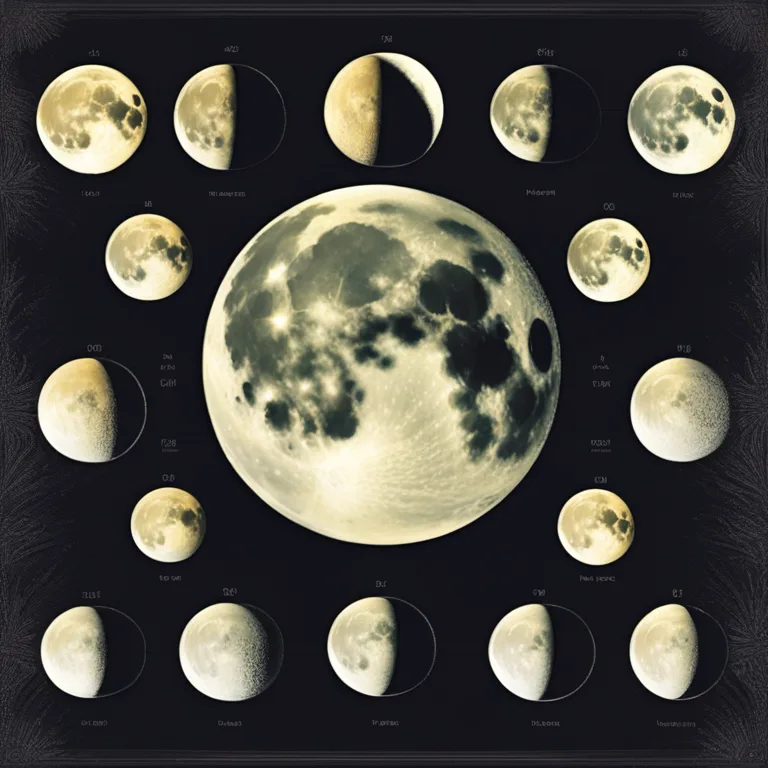
The Lunar Cycle and Menstrual Rhythms
Discover the fascinating connections between the phases of the moon and women's menstrual cycles.
article by Priya Deshmukh
Moon Phases and Female Cycles
Our ancient ancestors observed the skies, noting how lunar patterns seemed to mirror the waxing and waning of life on Earth. The menstrual cycle, with its average span of 28 days, often aligns in synchronicity with the lunar cycle, which is approximately 29.5 days from new moon to new moon. Contemporary studies still delve into how these celestial patterns might influence or reflect the rhythms of the female body. In this journey through the moon's phases, we will explore the possible connections and how they manifest in our modern lives.

New Moon, New Beginnings
The new moon, often a symbol of new beginnings, may coincide with the start of the menstrual period for some women. It's a phase of introspection and renewal, where just as the moon is hidden from view, the body cleanses and prepares for the cycle ahead. Women who menstruate with the new moon may find this time ideal for self-reflection and setting intentions for the upcoming cycle, both in biological and emotional landscapes.

Waxing Moon, Building Energy
As the moon grows fuller in the sky, the body's follicular phase commences, leading up to ovulation. It's a time of increased energy and vitality, reflecting the waxing moon's increasing luminosity. It has been suggested that the gravitational pull of the growing moon may affect the body's fluids, just as it influences the tides, potentially enhancing fertility and the body's readiness for potential conception.

Full Moon, Peak Potentials
At the pinnacle of illumination, the full moon often corresponds with ovulation when fertility is at its peak. The egg is released, and the body is full of potential. Some theories propose that the full moon's bright light might have historically signaled a time of heightened communal activity and social interaction, aligning with a time when conception is most likely. Entering 2024 and beyond, this lunar phase can serve as a reminder of the cyclical nature of life and the body's incredible synchronicity with the cosmos.

Waning Moon, Inward Focus
Following ovulation, the body enters the luteal phase while the moon wanes, diminishing its night-time glow. This phase might inspire a gradual shift from outward activity to inner contemplation and nurturing. It is the body's preparation for the potential of pregnancy or the shedding of the uterine lining. During this time, women might feel more inclined to rest and reflect, paralleling the moon's transition back into shadow.
Syncing with Lunar Energy
While scientific rigor continues to explore these correlations, the anecdotal allure persists. With our technological advancements and understanding of celestial mechanics deepening as we move into 2024, we are better equipped to consider how lunar forces may interplay with our biological rhythms. Acknowledging the moon's influence could serve as a powerful tool for women to connect with their bodies and with the natural cycles that govern our existence.
Published: 12/22/2023
Modified: 12/22/2023
More predictions
Come back here soon to learn more about yourself and your future


The Examination of Your Birth Chart
Dive into the complexities of astrology through examination of birth charts and their influence on personality and destiny.


The Art of Birth Chart Matching
Learn how astrological birth chart matching can illuminate relationship compatibility and personal connection.


Birth Chart Analysis Sans Time
Create a meaningful birth chart without an exact birth time—a complete guide for astrology enthusiasts seeking insights from their natal chart.